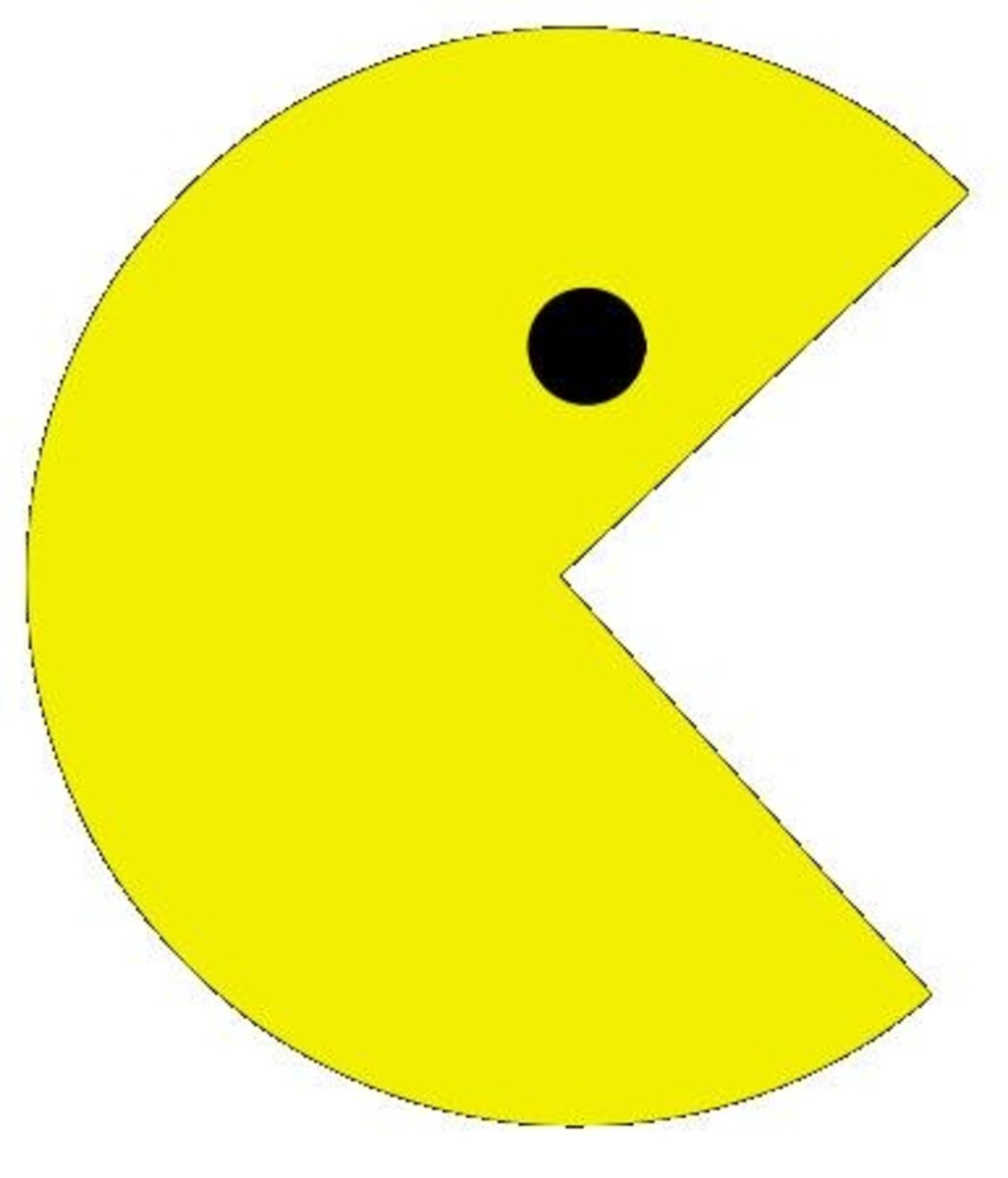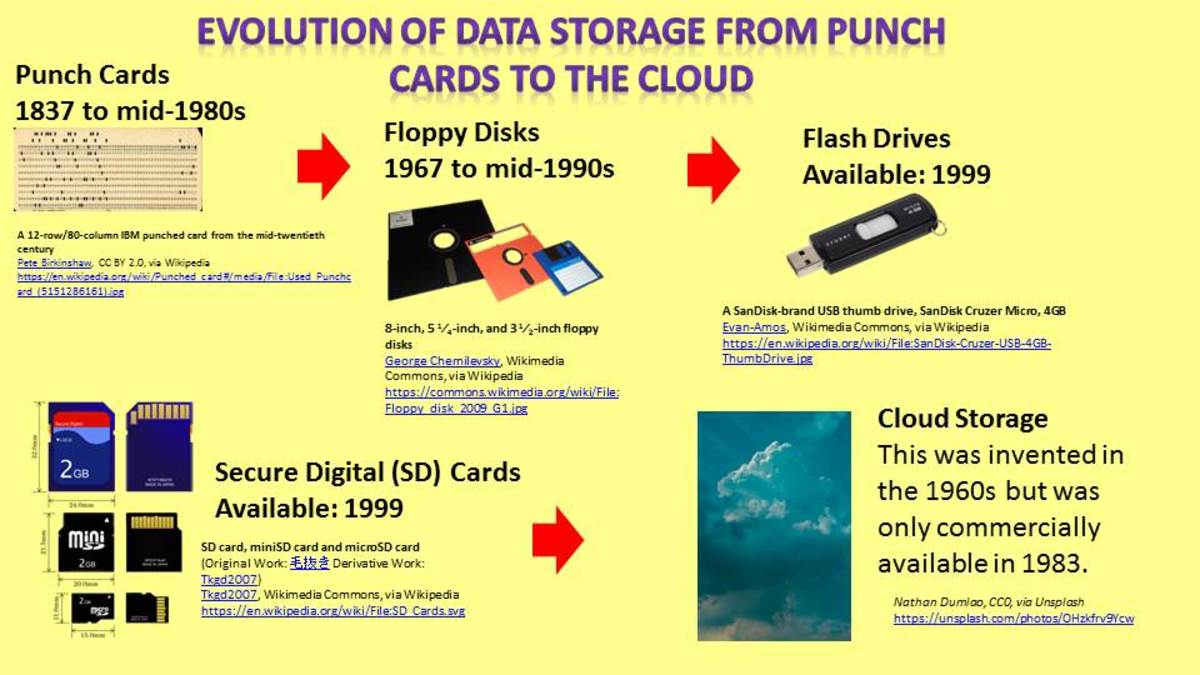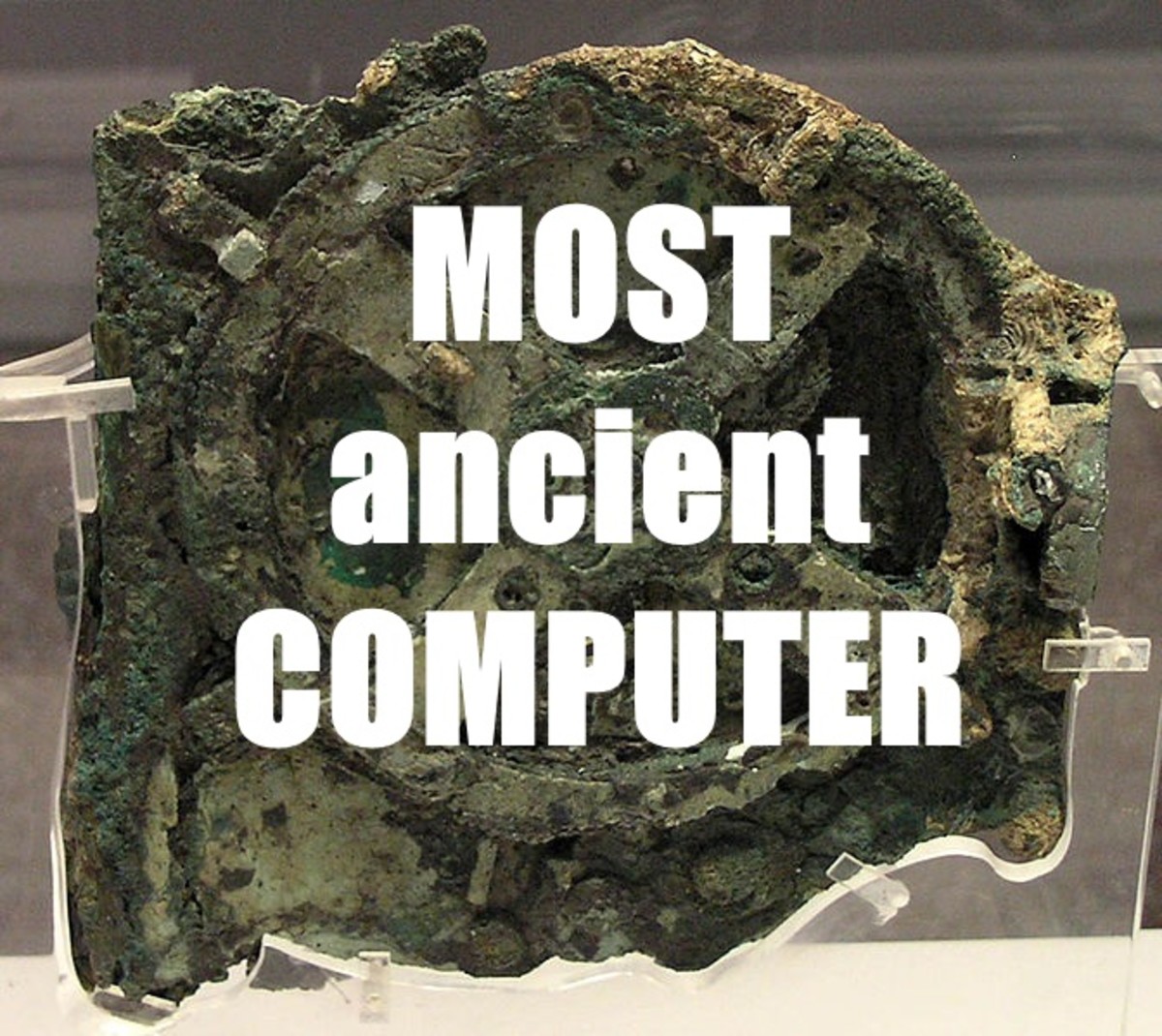What is Binary?
Binary Language

The Development of Binary
The first recorded reference to a binary numeral system was by Sir Francis Bacon, where he devised that a Binary System could be used to send messages through mundane networks, or through any object that had two states. However, at the time, this process was hard to implement, and certainly the element of absense would be hard to determine.
For example, in Bacon's Binary, he proposed that muskets or gunfire could be used to transmit messages at long distance. While it is easy to understand and interpret the difference between one and another element measured as one, any element measured as zero would be inseparable from other measurements set as 0, except wherein timing was used. This would have been too cumbersome to implement, and thus, wasn't.
In 1854, British mathematician George Boole published his land mark paper on conditional mathematics which became the basis for Boolean Algebra. Boolean algebra requires conditional elements that could be identified as true or false (yes or no, 1 or 0). Boolean Algebra became the basis for binary.
In 1937, Claude Shannon devised how boolean algebra could be used to evaluate parts of a circuit with the use of switches and magnets. Within 3 years, the first ever computer able to compute complex numbers was built by Bell Labs.
In essence, this action began computer modelling and began the information age, and now is used by the internal processes of all computer processors.
Counting in Binary
Arabic Numerals - Binary Representation
0 - 0
1 - 1
2 - 10
3 - 11
4 - 100
5 - 101
6 - 110
7 - 111
8 - 1000
9 - 1001
10 - 1010



